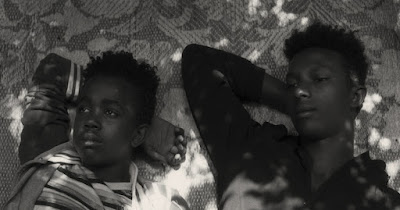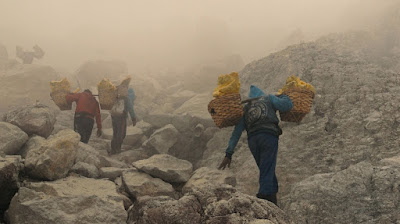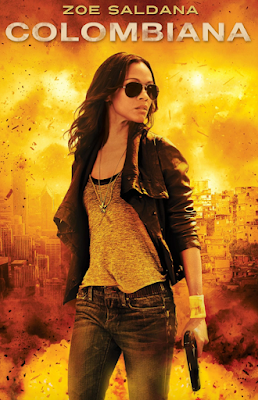After a global shutdown in 2020, including that of Cinema, it was widely expected that a reopening would happen in 2021. Society did open in varying degrees in 2021, film festivals did happen in actual cinemas, but things were far from normal. Delayed 2020 movies were finally released in 2021 including many new productions. However, many cinemas remained closed in some countries and numerous film festivals took place in a hybrid manner (virtual + physical cinema) while some stayed completely online. As 2021 progressed, it became clear that big studios would still prevail and be able to dump their product whenever they wanted and in whatever fashion. Meanwhile, independent and foreign films suffered as they were not able to depend on film festival buzz to gain traction. To complicate matters, some distributors insisted on purity of cinema and only wanted to show their film in physical cinemas. That immediately put many cities out of reach, including my city. So as 2021 is about to end, it is crystal clear that it is becoming very very difficult to legally see quality cinema while there is no shortage of means to see Hollywood films.
Still, it was heartening to see that good films continued to be made even though it was tougher to see them. I am fortunate enough to have seen the following films due to my various film programming roles or through online film festivals (thank you Fantasia, TIFF, Festival du nouveau cinéma). I truly hope that some of these films are widely released in 2022.
Top 10 Films of 2021
1. The Great Indian Kitchen (2021, India, Jeo Baby)
2. Wheel of Fortune and Fantasy (2021, Japan, Ryûsuke Hamaguchi)
4. The World After Us (2021, France, Louda Ben Salah-Cazanas)
5. A Night of Knowing Nothing (2021, India, Payal Kapadia)
6. Fire in the Mountains (2021, India, Ajitpal Singh)
7. Faya Dayi (2021, Ethiopia/USA/Qatar, Jessica Beshir)
9. Pebbles (2021, India, P.S. Vinothraj)
The film depicts the harness of the main character in an unfiltered brutal manner especially how he treats his son and wife. There is another aspect to this film which may not be apparent early on. It has to do with the impact of climate change on the environment, leading to extreme heat and lack of water. If this point isn’t apparent at first, it is hammered home in the final scene of the film which in a beautiful manner shows how bad things truly are in some parts of the planet.
10. Ancient Soul (2021, Spain, Álvaro Gurrea)
As most of the world shifted to comfortable online remote working, Gurrea’s film shows us the brutal reality of dangers some people face in their jobs. Ancient Soul shows the life of Yono, a sulphur miner in Java, as he navigates his dangerous job while dealing with the complex questions around why his wife left him. The mine shots evokes Michael Glawogger’s Workingman’s Death while some of the spiritual themes have a touch of Apichatpong’s style to them.
Honourable Mentions (alphabetical order):
Ahed’s Knee (2021, France/Israel/Germany, Nadav Lapid)
Azor (2021, Switzerland/France/Argentina, Andreas Fontana)
The City of Wild Beasts (2021, Colombia/Ecuador, Henry Eduardo Rincón Orozco)
Straight to VHS (2021, Uruguay, Emilio Silva Torres)
Taming the Garden (2021, Switzerland/Germany/Georgia/Holland, Salomé Jashi)









































